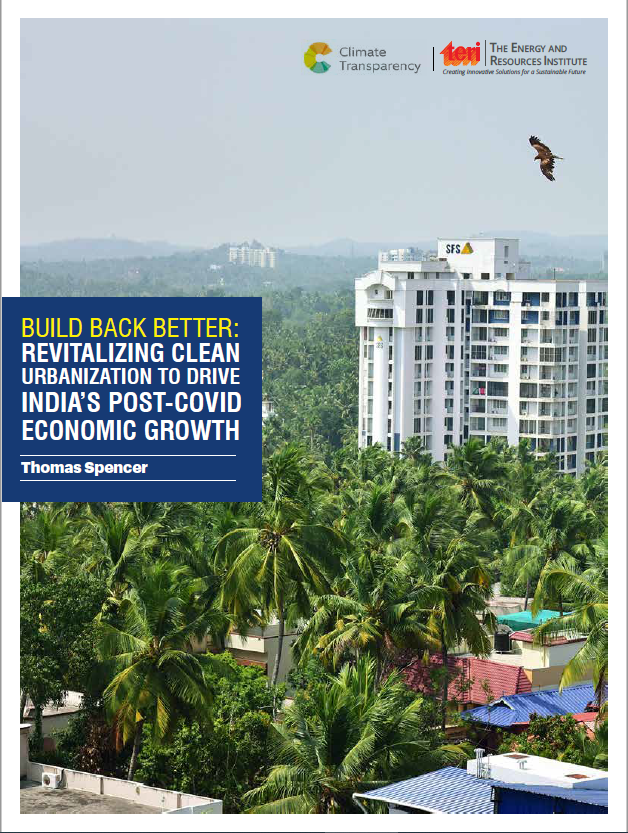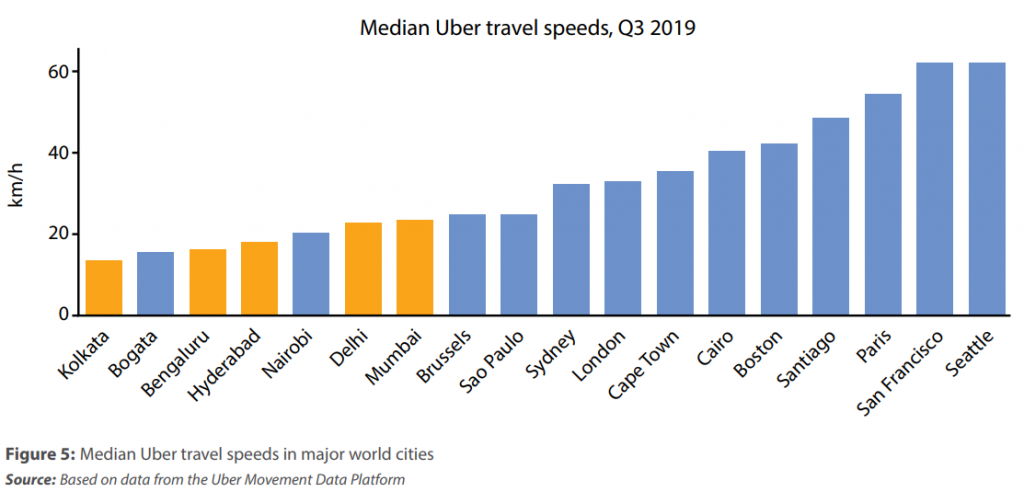The Covid-19 pandemic has impacted the world’s economies in a unique way and at an unprecedented scale. On the flipside, it has also given an opportunity to the economies, business and industries to rethink and respond with the type of recovery path they choose that essentially leads to minimal disruption and long-term stability.
This paper argues that sustainable urbanization should be front and centre of the recovery plan, in order to put the Indian economy back on a more equitable high growth pathway. It also outlines three strategies:
- large-scale expansion of domestically produced electric buses, in particular to tier-two and tier-three cities;
- accelerated clearing of the unsold inventory of real estate, in order to create incentives for future investment and revive the construction industry;
- a large-scale programme of affordable, energy efficient housing.
Both, India and China started reforming and opening up in around 1978, and since then China’s urbanization rate has been almost four times higher than the growth in India’s urbanization rate and has outperformed India in the per capita GDP growth by about five times.
This indicates that India’s urbanization rate has been too low for substantial agglomeration benefits.
The slow processes owing to high externalities of urbanisation have the potential to bring substantial congestion costs in terms of traffic congestion, local air pollution, space constraints, or social exclusion. In addition, this paper also highlights the importance of the revival of the construction industry, which is in turn crucial for economic recovery since it is a major driver of increased low-skill employment.
In spite of India having an extremely low level of car ownership per capita, at just 25 cars per 1000 people, compared to 400–600 cars per 1000 people in Europe and more than 800 in the United States, India’s streets are already the most congested in the world. This is not just an issue of convenience: the economic costs of congestion are massive.
The paper concludes that in order to recover, and to avoid a lost decade, bold action is required.










